Yellowstone National Park is a place where nature’s wonders are on full display. Visitors flock here to see the geysers, hot springs and the diverse wildlife. However there are important rules that every visitor must follow to keep both themselves and the animals safe. Recently an incident reminded us why these rules exist.
The Incident Unfolds

A tourist from South Carolina witnessed a group of people sprinting towards a mother black bear and her two cubs. Who would have thought any human thinks this is a good idea? The bears were near the road ignoring the traffic, until these people decided to approach. The group ran at full speed towards the bears, causing the animals to flee. Such behavior is dangerous and against park regulations.
The Park Ranger’s Response

Shortly after the group approached the bears, a park ranger arrived. The ranger instructed everyone to return to their vehicles immediately. Yellowstone rangers are clear in their guidelines: visitors must stay at least 100 yards away from wildlife, especially predators like bears. These rules are in place to protect both the animals and the people visiting the park.
Why Distance Matters
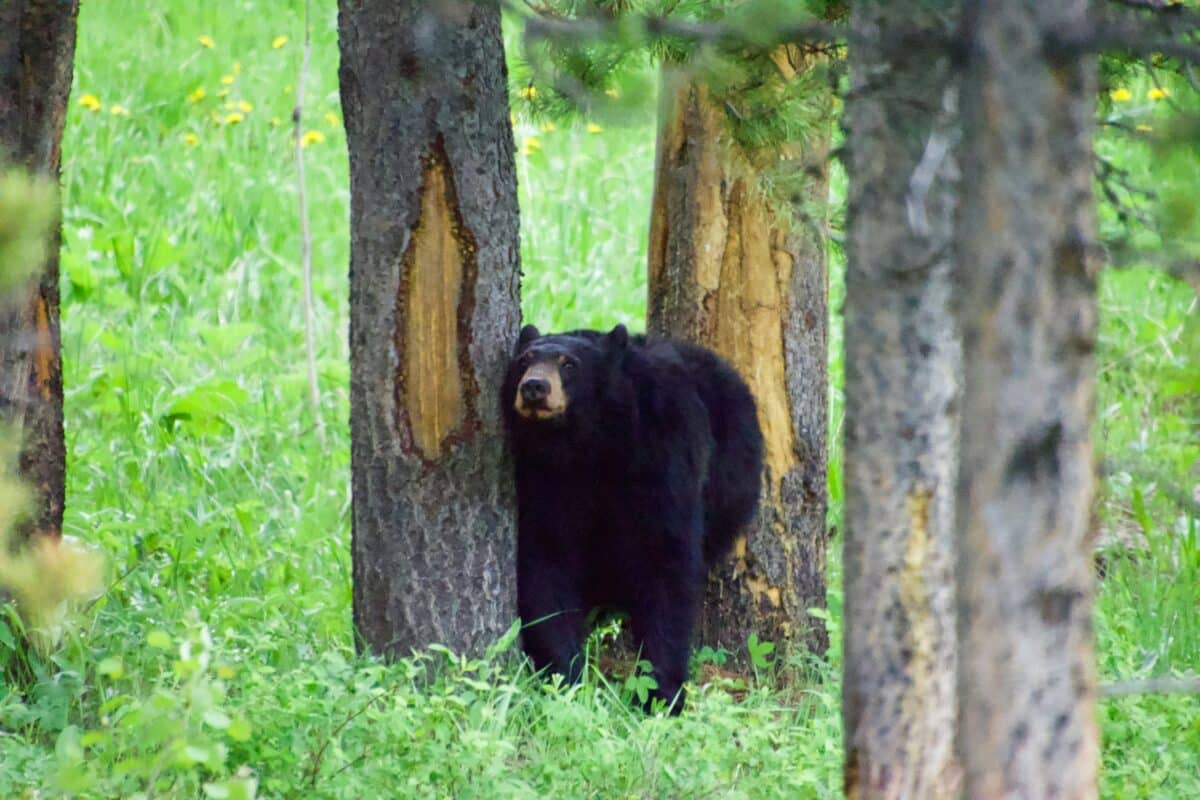
Keeping a safe distance from wildlife is crucial. Bears even when they appear calm, can be unpredictable. A mother bear with cubs is especially protective and can become aggressive if she feels threatened.
Wild animals can become dangerous when approached and doing so can change how they normally behave. It is also critical to observe from a distance and show consideration for their personal space.
Lessons for Future Visitors

Wild animals are not there for our entertainment. They live in these parks and we are the guests. Respecting wildlife means keeping a safe distance, not feeding them, and never trying to approach them for pictures. Park rules are designed to keep both wildlife and visitors safe.
The Video
Wrapping Up with the Tourist Sprints Towards Mother Bear And Her Cubs In Yellowstone National Park
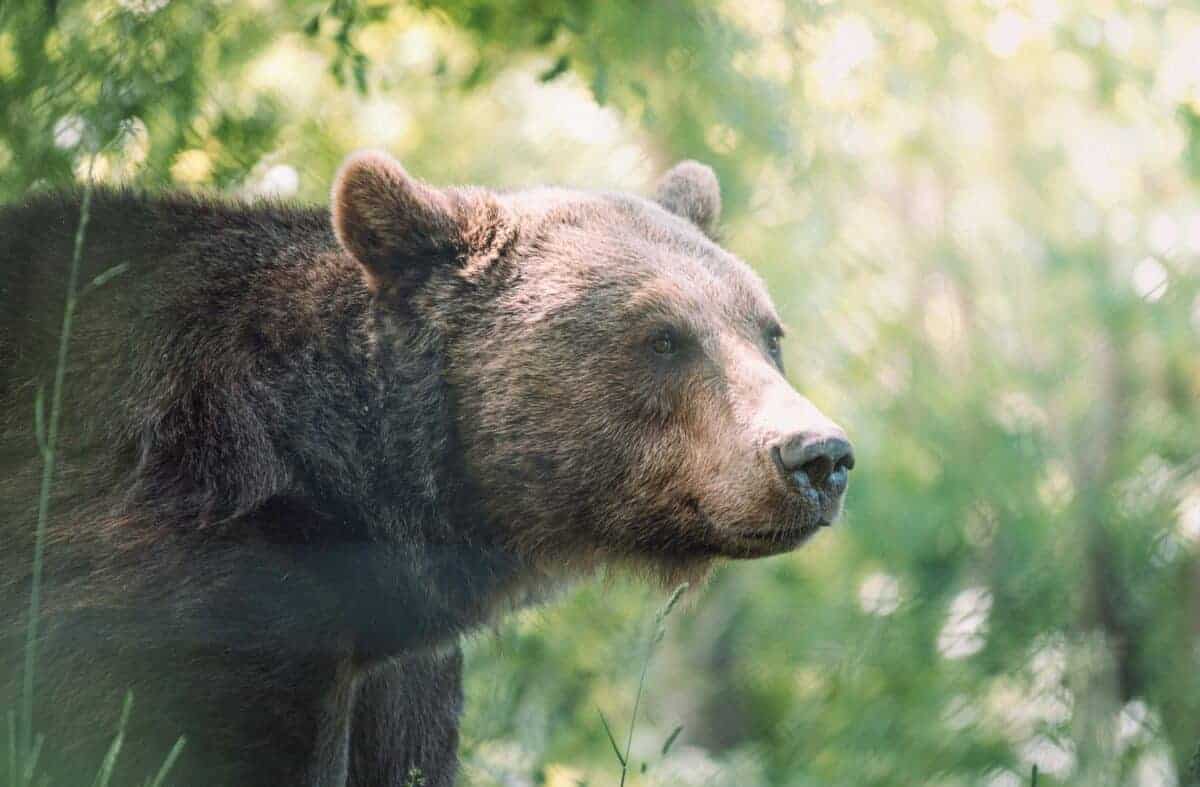
Yellowstone National Park is a beautiful and wild place that offers a unique glimpse into nature. However, it’s crucial to remember that the wildlife here is just that—wild. Following park guidelines ensures that both the animals and the visitors can enjoy the park safely. Let’s all do our part to protect these magnificent creatures and the natural beauty of Yellowstone.
What types of bears are there?

There are eight species of bears: American black bear, brown bear, polar bear, Asiatic black bear, Andean bear, panda bear, sloth bear, and sun bear. Each has unique traits and habitats.
What do bears eat?
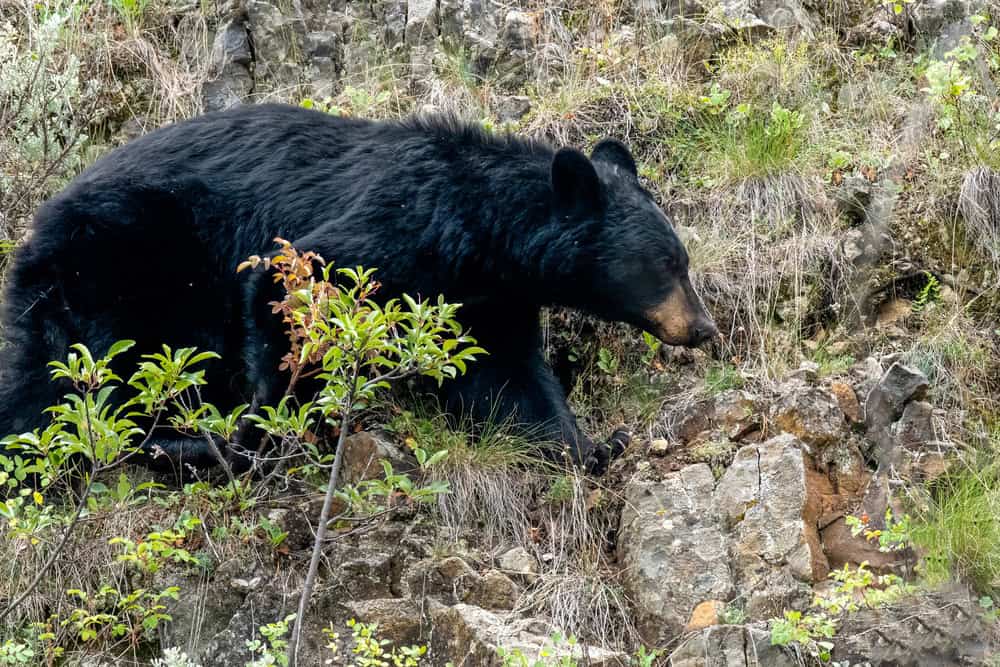
Bears have varied diets. Most are omnivores, eating both plants and animals. They consume fruits, nuts, leaves, fish, insects, and small mammals. Polar bears mainly eat seals.
Where do bears live?
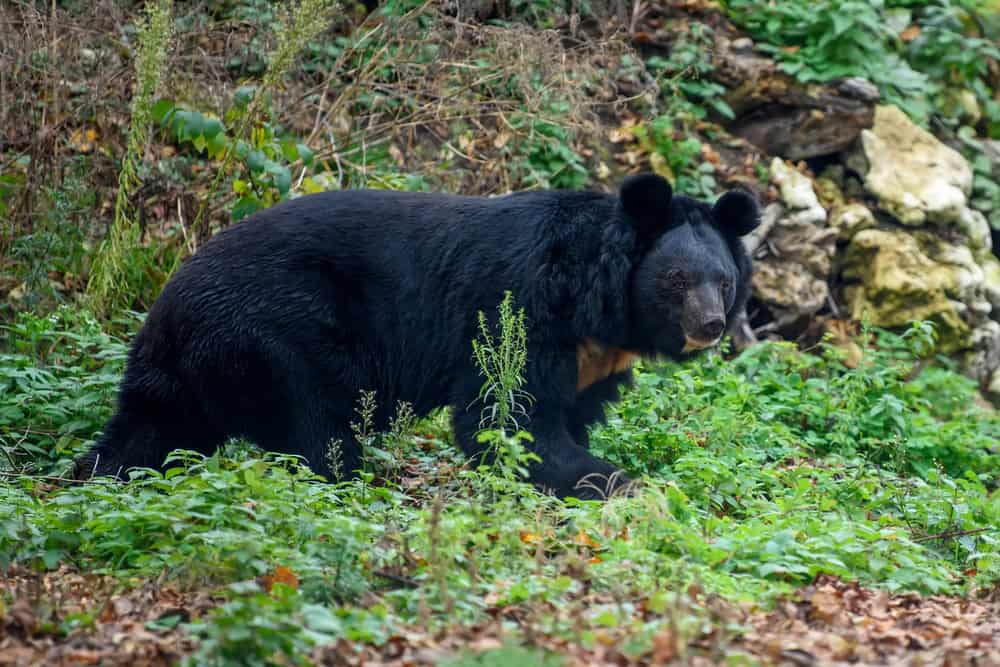
Bears are found in North America, South America, Europe, and Asia. They inhabit diverse environments from forests and mountains to tundras and coastal areas, depending on the species.
How long do bears live?
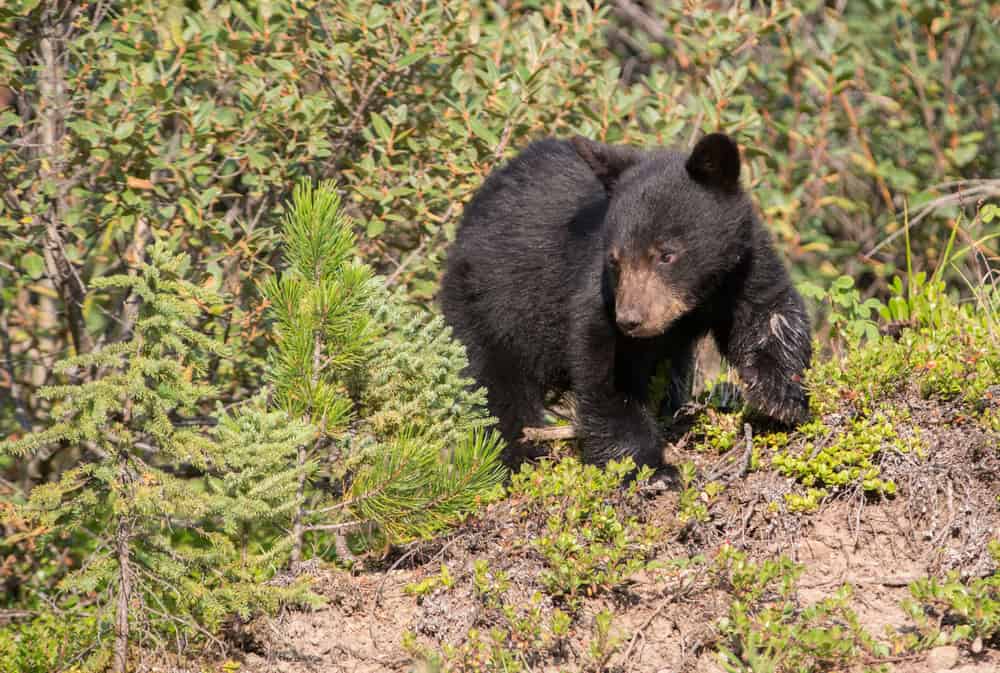
Bears in the wild can live up to 25 years, with some species living even longer. Captive bears tend to have longer lifespans due to consistent food and medical care.
Are bears dangerous to humans?

Bears can be dangerous if provoked or threatened. Most bear attacks occur because the bear feels cornered or is protecting its cubs. Generally, bears avoid human interaction.
How big do bears get?
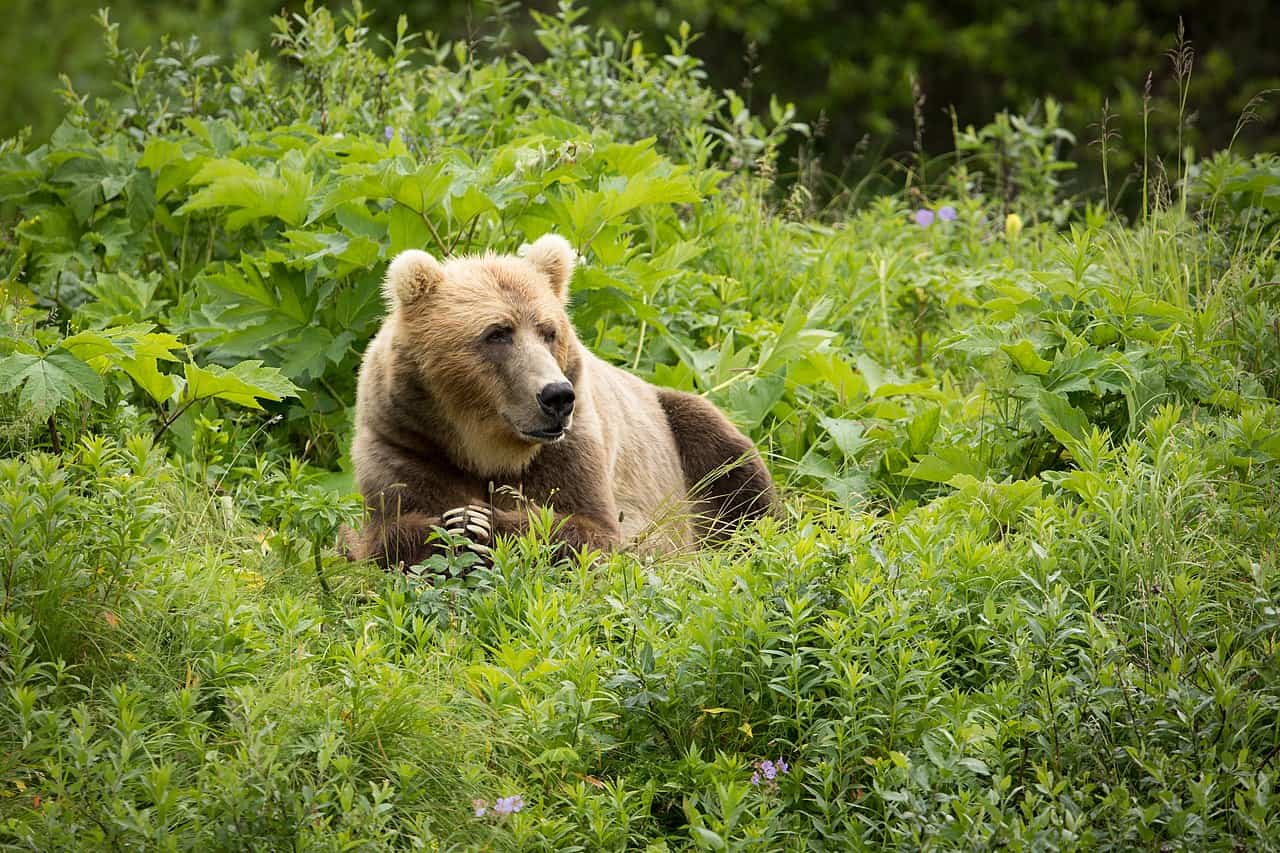
Bear sizes vary by species. The polar bear is the largest, with males weighing up to 1,500 pounds. The smallest is the sun bear, which weighs between 60 to 150 pounds.
Do bears hibernate?

Most bears hibernate during winter, except for the polar bear. Hibernation helps them survive when food is scarce. Their body temperature drops, and their metabolism slows down significantly.
Can bears climb trees?
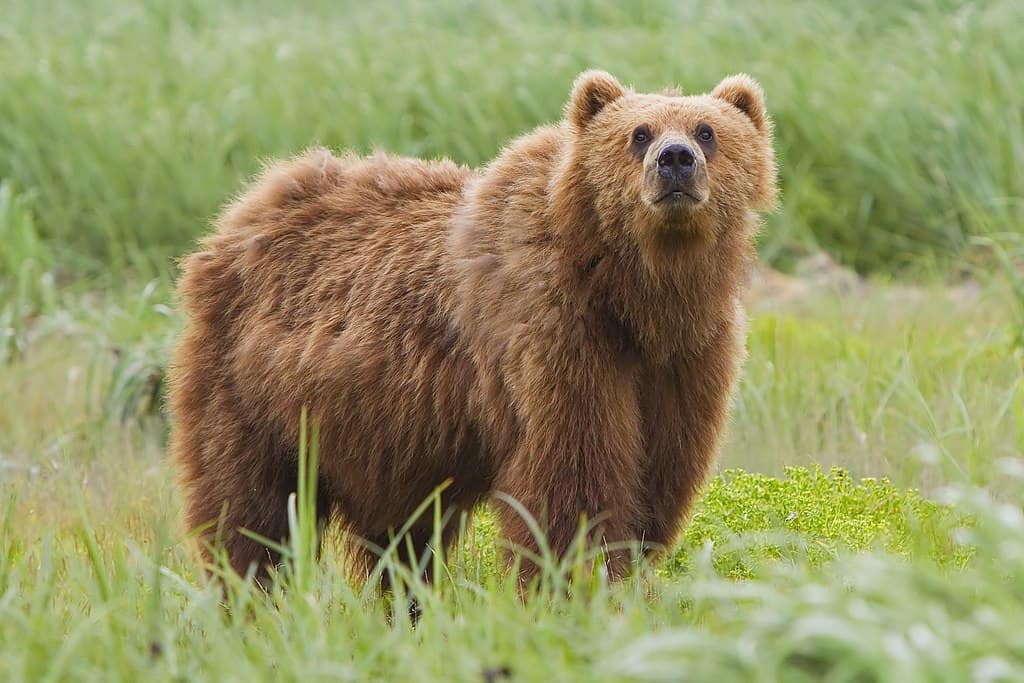
Many bear species can climb trees. American black bears are particularly good climbers. This ability helps them escape predators, find food, and sometimes even sleep in tree branches.
What is the main threat to bears?

The main threats to bears are habitat loss and poaching. Deforestation, human encroachment, and climate change impact their natural habitats, while illegal hunting targets them for fur and body parts.
How do bears communicate?

Bears communicate through vocalizations, body language, and scent markings. They growl, snort, and bark to express themselves. Scent marking helps them establish territory and find mates.
How do bears care for their young?

Female bears, or sows, are very protective of their cubs. They nurse them for several months and teach them survival skills. Cubs stay with their mother for up to two years.
Are bears solitary animals?

Most bear species are solitary, except for mothers with cubs. They typically avoid each other except during mating season. However, they may gather in groups if food is abundant, like during salmon runs.
How fast can bears run?

Despite their size, bears can run surprisingly fast. Brown bears can reach speeds of up to 35 miles per hour. This speed helps them hunt and escape danger.
What adaptations help polar bears survive in the Arctic?

Polar bears have thick fur and a layer of blubber to insulate against the cold. Their large paws help them swim and walk on ice. They also have keen senses for hunting seals.
How do bears influence their ecosystems?
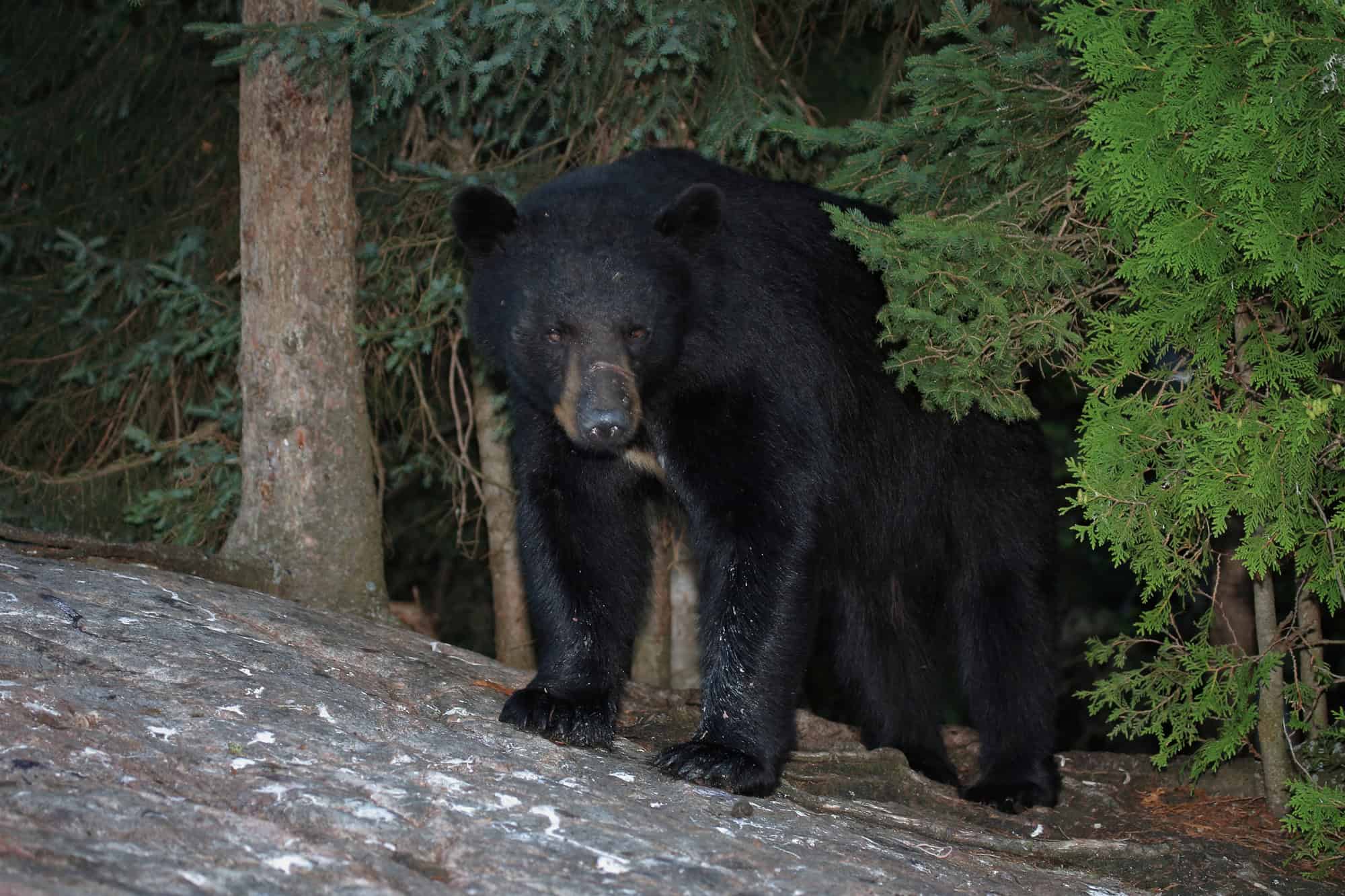
Bears play a crucial role in their ecosystems. As apex predators and scavengers, they help control populations of other animals. Their foraging habits also aid in seed dispersal, promoting forest growth.
Next up ~
- World’s Most Famous Grizzly Bear Emerges With New Giant Cub
- Grizzly Bear Spotted Feet From Alaskan Campsite
Join our Forum for free today!



